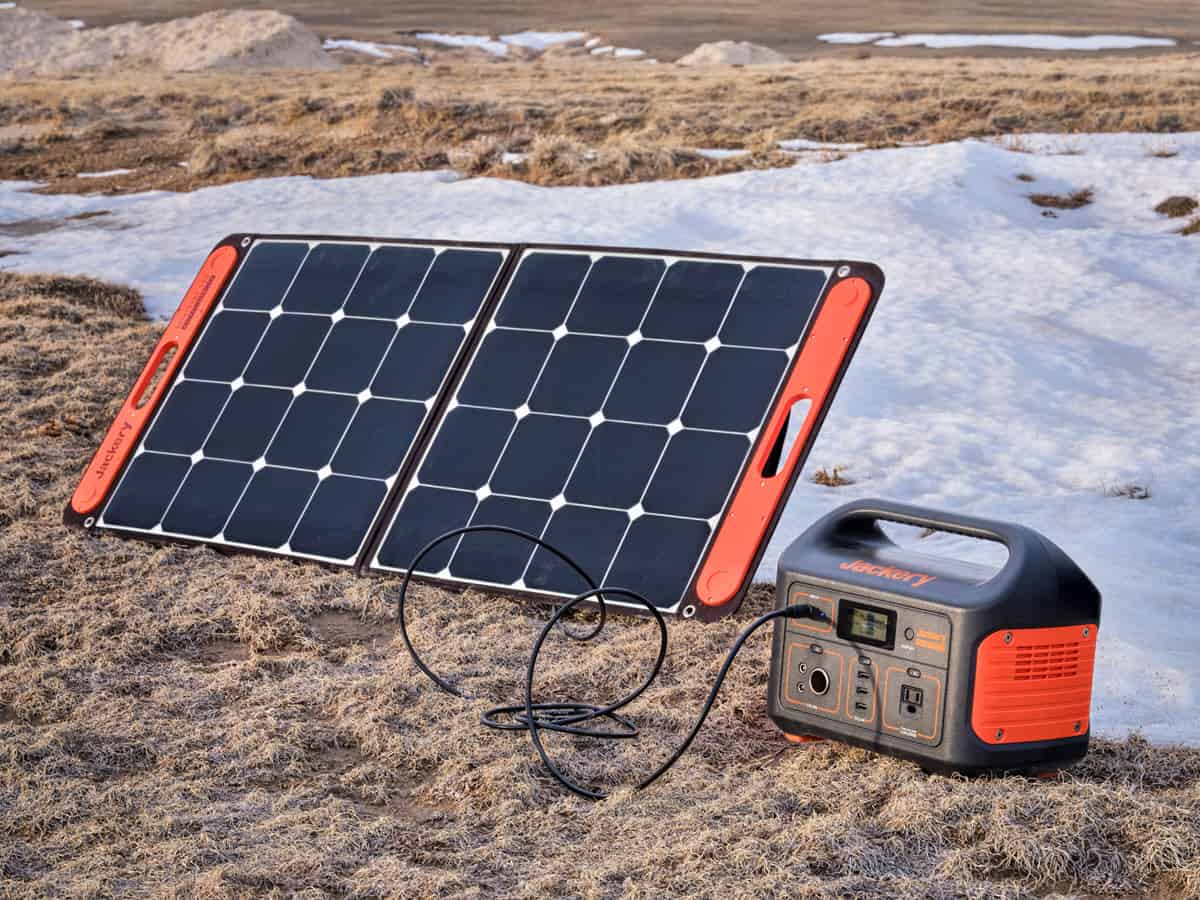The journey of solar generators represents one of the most significant developments in renewable energy technology. From their humble beginnings to today’s sophisticated systems, solar generators have transformed how we think about portable power while helping the environment through sustainable practices. This remarkable evolution continues to accelerate, promising even more impressive developments in the years to come.
Historical Development
The story of solar power begins in 1839 with Edmond Becquerel’s discovery of the photovoltaic effect. This groundbreaking finding laid dormant for over a century until 1954 when Bell Labs created the first practical silicon solar cells. Initially achieving only 6% efficiency, these early developments primarily found applications in space exploration, where the unique power requirements of satellites and spacecraft could justify their high cost.
The space race of the 1960s provided crucial momentum for solar technology development. As governments invested heavily in space programs, the need for reliable, lightweight power sources drove innovation in solar cell design and efficiency. These early investments laid the groundwork for today’s portable solar generators.
Early Solar Generator Technology
The first portable solar generators were basic systems combining rudimentary solar panels with lead-acid batteries. Despite their limitations, these early units represented a significant step forward in renewable energy technology. The space program played a crucial role in advancing solar technology, as the demands of powering satellites drove innovation in both efficiency and reliability.
Early commercial applications faced significant challenges, including high production costs, low efficiency, and limited battery technology. However, these obstacles sparked intensive research and development efforts that would eventually revolutionize the industry. Each technological hurdle overcome brought solar generators closer to becoming practical solutions for everyday power needs.
Technological Breakthroughs
Several key developments revolutionized solar generator technology throughout the late 20th and early 21st centuries. The introduction of lithium-ion batteries dramatically improved energy storage capacity and reduced weight, making truly portable solar power systems possible for the first time. Advances in power electronics led to more efficient power conversion and better charge controllers, while manufacturing improvements reduced costs and increased solar panel efficiency from single digits to over 20%.
The development of more efficient photovoltaic materials and improved manufacturing processes played crucial roles in making solar generators more practical and affordable. These advances improved performance and significantly reduced the cost per watt of solar power, making these systems accessible to a broader range of users.
Modern Solar Generators
Today’s solar generators bear little resemblance to their predecessors; they incorporate sophisticated power management systems, smart device connectivity, and multiple charging options. They combine high-efficiency solar panels with advanced lithium battery technology and intelligent power delivery systems, creating versatile power solutions for numerous applications.
Contemporary solar generators offer unprecedented versatility and performance, providing clean, reliable power for applications ranging from home backup to outdoor adventures. With improved efficiency and storage capacity, these systems can now power everything from small electronics to major appliances, making them practical alternatives to traditional generators in many situations.
The integration of smart technology has transformed how users interact with their solar generators. Modern systems provide real-time monitoring of power generation, storage levels, and consumption patterns through mobile apps and web interfaces. This connectivity enables users to optimize their power usage and maintain their systems more effectively than ever before.
Present Applications
Modern solar generators’ versatility has expanded their use across numerous sectors, from residential backup power to disaster relief operations. In residential settings, they serve as reliable backup power sources during outages, providing peace of mind and energy independence. Outdoor enthusiasts rely on them for camping and remote activities, appreciating their silent operation and environmental friendliness.
Emergency response teams increasingly utilize solar generators for disaster relief, taking advantage of their portable nature and ability to operate independently of fuel supplies. Off-grid communities depend on them for daily power needs, demonstrating their reliability and practicality in sustained-use scenarios. The growing adoption of solar generators in these diverse applications continues to drive innovation and improvement in the technology.
Future Developments
The future of solar generators looks exceptionally promising, with several emerging technologies poised to revolutionize the industry. Research into perovskite solar cells suggests potential efficiency improvements beyond 30%, while advanced energy storage technologies, including solid-state batteries, promise greater capacity in smaller, lighter packages. The integration of solar generators with smart grid systems will enable better power management and distribution, creating more resilient and efficient power networks.
Innovation in materials science continues to push the boundaries of what’s possible with solar technology. New photovoltaic materials and manufacturing techniques are expected to reduce costs while improving durability and performance. The integration of artificial intelligence and machine learning will optimize power generation and storage, making these systems even more reliable and user-friendly.
Conclusion
The evolution of solar generators continues to accelerate, driven by technological innovation and growing environmental awareness. As these systems become more efficient, affordable, and versatile, they increasingly represent an alternative to traditional power sources and a preferred solution for many applications. Their role in creating a more sustainable future becomes more crucial with each passing year as the world seeks cleaner, more reliable sources of portable power.

Leave a Reply